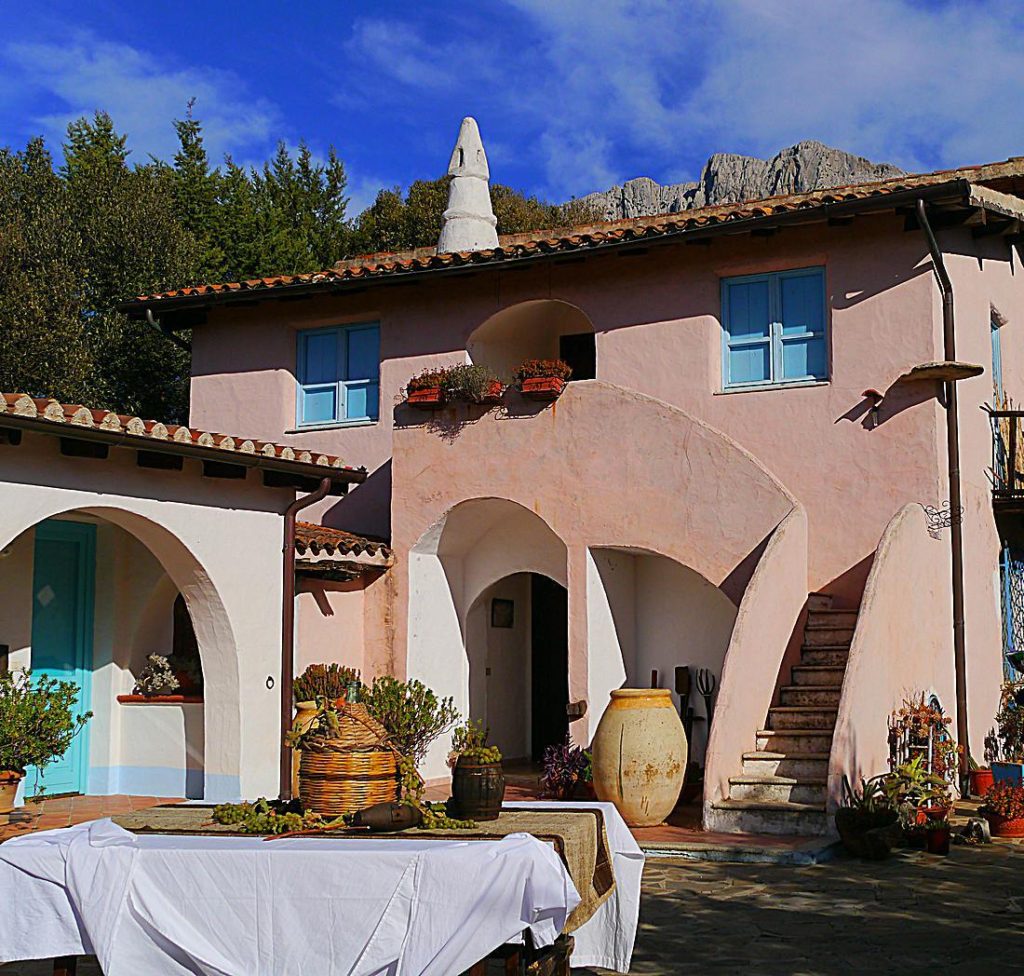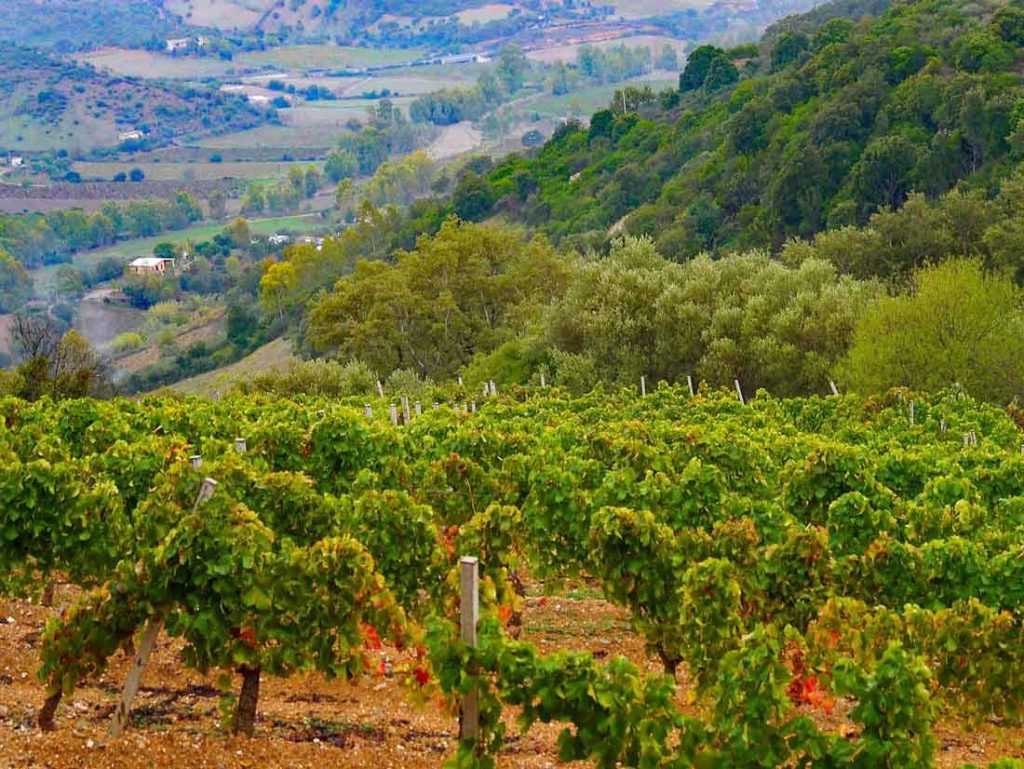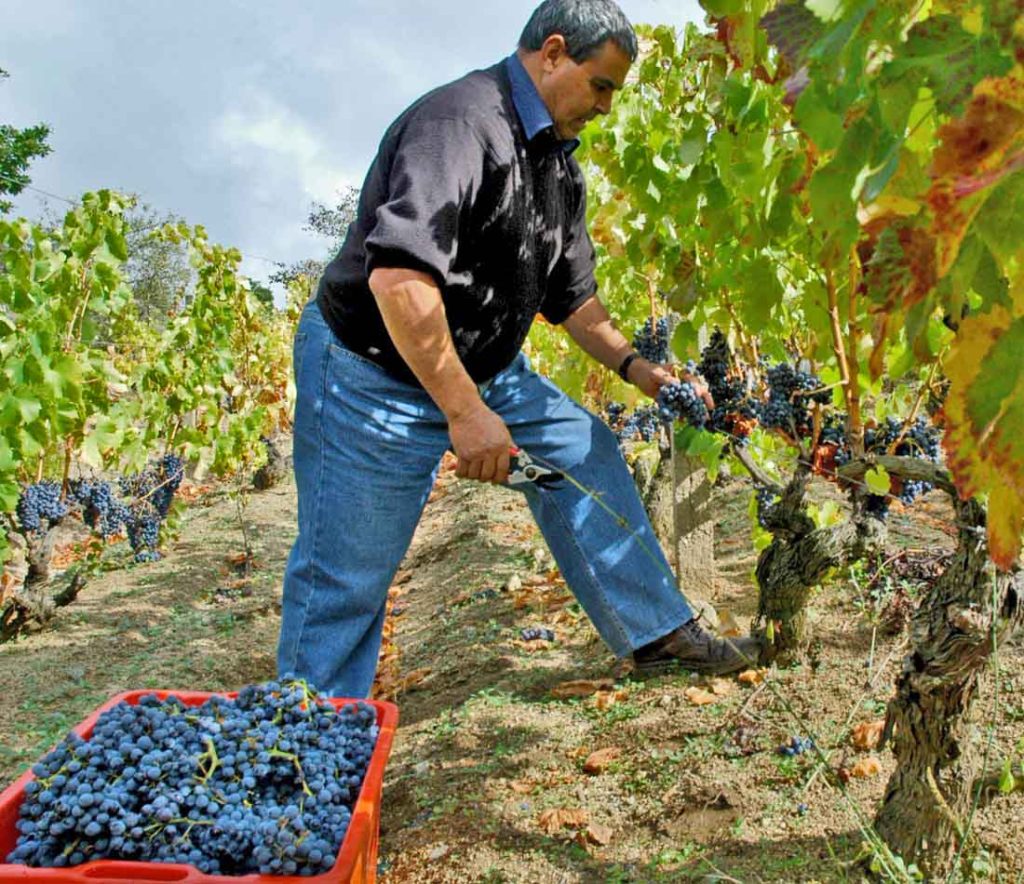
Camisadu farmstay in heart of Cannonau country
Exploring the Cannonau wine country means spending at least a few days in the mountains of Sardinia. That's hardly a hardship. The scenery is beautiful and aromas of the Mediterranean scrub hang in the air. This macchia Mediterranea, as it's called, consists of myrtle and strawberry trees with an undergrowth of yellow-flowered gorse and mastic, a shrub that bleeds a gummy sap. In the heat of the Sardinian sun, they smell like a resinous cache of rosemary, bay, and wild thyme. Stands of cork oak and groves of evergreen holm oaks punctuate patches of machhia. Sheep graze in the few open meadows. Pigs forage for acorns in the oak forest. One of the simpler lodgings I experienced was a farmhouse just outside Oliena. Agriturismo Camisadu...Read More


